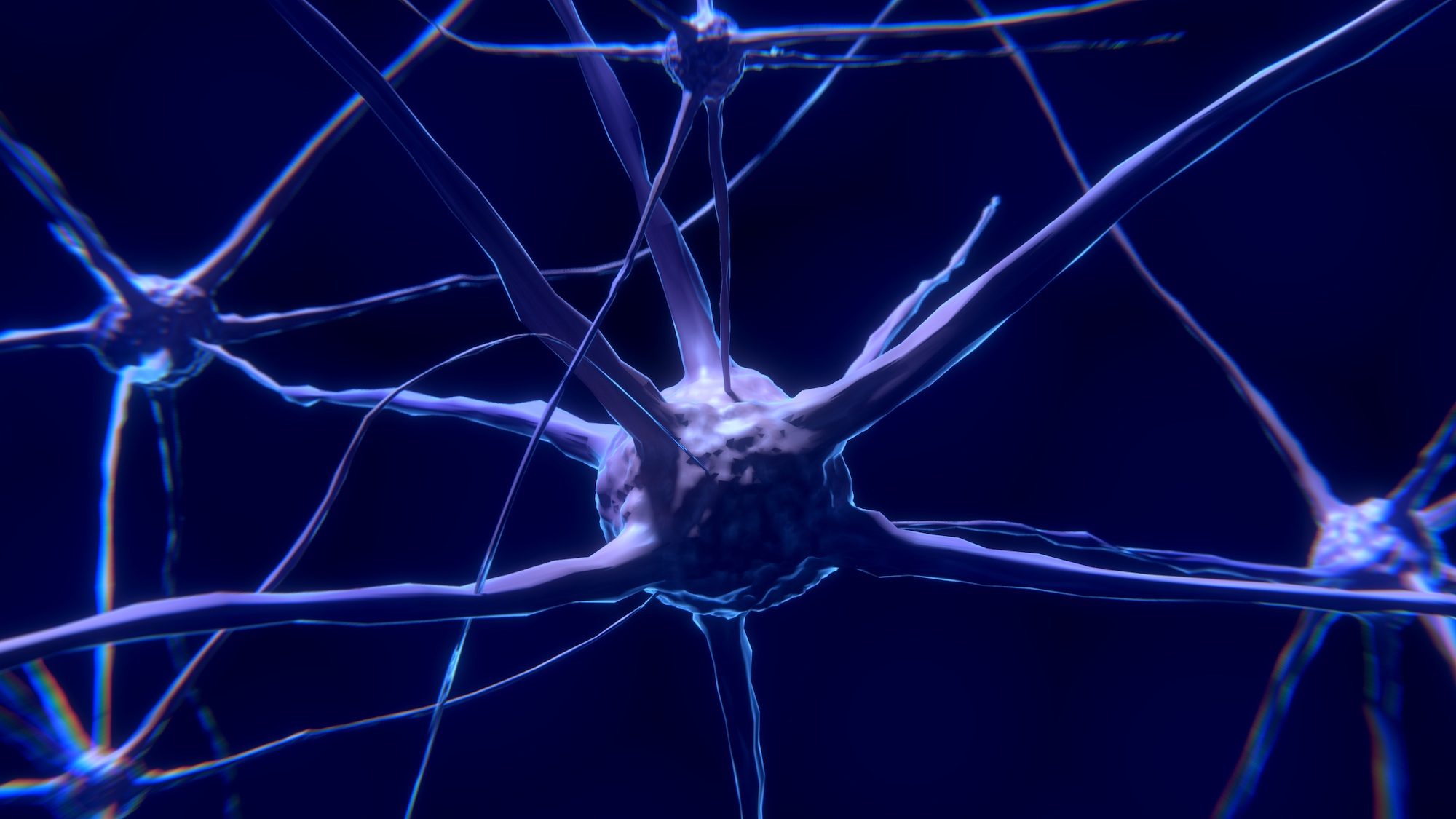I live with Post-Traumatic Stress Disorder (PTSD), which is the result of the suicide of my daughter in 2005. Nearly ten years passed before my medical diagnosis. Since then, I have been on a search to better understand PTSD and the most effective ways to manage PTSD symptoms. Writing as a bereaved parent and not a medical professional, I give full credit to the science-based information presented here to the work of Dr. Bessel van der Kolk and his book The Body Keeps the Score and the National Institute for the Clinical Application of Behavioral Medicine for the information made publicly available through their webinar series Treating Trauma Master Series – all of which I agree with and much of which I have experienced or am still experiencing. I remain grateful to them for making these resources available.
While PTSD is gaining more recognition culturally, trauma and PTSD related to loss and grief is still not being talked about. This needs to change. I present here what has been an important missing component in my own struggle managing PTSD symptoms in the hope it will bring more awareness about trauma and PTSD to others struggling with a traumatic loss.
It’s important to know that not everyone who experiences trauma has PTSD. Information below explains how someone may be predisposed to PTSD in later years. Also, because my own trauma is loss related, I always think about information related to trauma and PTSD in the context of grief. However, trauma is trauma, no matter the root cause. The symptoms of PTSD are no different in grief. If you have suffered traumatic loss, here’s a video to help you understand trauma and PTSD related specifically to grief.
Whether it’s possible to fully recover from PTSD or not, the symptoms – some which can and do change or go away – can be managed. Science today is shifting to a right-brain therapy approach based on the importance of relationship and subjectivity versus the traditional left-brain therapy approach based on insight. Secure attachment and right brain communication are now considered more helpful to healing.
There are two key points to remember about trauma in general:
- Trauma can wreak havoc on the trauma survivor’s most important relationships.
- For optimal healing, looking at both the traumatic event AND the trauma survivor’s attachment or support relationships in place is essential.
Attachment
In the early developing brain, an expectant mother regulates the baby’s emotional states in utero. Her experiences during pregnancy and even from throughout her lifetime can impact her child’s developing brain, especially in the last trimester.
In early development, the right brain is shaped by our social and emotional experiences. The style of attachment we form with our parents and/or other primary caregivers is rooted in our early experiences, which impacts how we regulate negative affect (stress) and form interpersonal relationships later on in life.

Secure attachment
Secure attachment is the basis of emotional regulation. It is the optimal environment for the imprinting of the stress-regulating circuits in the emotional right brain that will be used later on. It soothes the nervous system and allows the infant through childhood to safely explore their surroundings, with a return to a secure base. This teaches the individual to manage fear and tolerate negative affect.
Unsecure attachment
In early trauma, the forming of right brain circuits can be blocked, which can harm the child’s emotional development during critical periods. It can affect how they respond to stress and form (or don’t) social connections and relationships throughout their lifetime. The attachment style is unsecure. In early trauma, parents or other major caregivers can pass on their own unresolved trauma and defences against the trauma, which can make the child highly prone to dissociation later in life. This is a strong indicator of whether they will go into traumatic stress later on.
The focus in Avoidant, Ambivalent or Disorganized attachment common in early trauma is on survival. Click here to read more about attachment based on the work of Dr. Daniel Siegel.
Left and Right brain
The left brain is the conscious, logical, verbal side, where we can decode the literal meaning of something. Those who have been raised left brain cannot usually get a sense of their own core self and how their core self can be activated in intimate human relationships. They over-regulate (translated this means the high level of effortful self-regulation (emotional control) that over time can deplete the individual), are prone to dissociation and externalize their experiences (mostly occurs in males).
The right brain is the unconscious, emotional, non-verbal side. The right brain is dominant for processing emotional and social information and is where we can figure out the implied meaning of something. Early trauma disrupts the circuits in the right side and the ability of the individual to process emotional and social information (including interpreting voice (tone), facial expression and body gestures).
Trauma and the right brain
Trauma produces physiological changes in the brain that include a recalibration of the brain’s alarm system, an increase in stress hormone activity, and alterations in the system that filters relevant information from irrelevant. It also compromises the brain area that communicates the feeling of being alive.
The engines of PTSD reactions are located in the right brain. Physically, these are felt as gut-wrenching sensations, pounding heart, rapid breathing, feeling of the heart breaking, reedy and uptight voice, body collapse, rigidity, rage or defensiveness. Emotionally, trauma disrupts the survivor’s ability to connect with others and stay in the present.
During a traumatic event, the trauma survivor switches over from the left to the right side of the brain. Secure attachment (or supportive relationships both personal and professional) can protect people from some of this harmful aftermath.
A modern approach to treatment
Trauma has a profound impact on the body, nervous system and brain. Disruption of the right brain circuits makes it difficult for trauma survivors to connect with others. They can disengage, internalize and auto-regulate without being emotionally connected. They find it hard to pick up on social cues and process other social information (facial expressions, tone of voice, body gestures). They feel numb, may make little or no eye contact and may not be able to touch or hug.
While traditionally, trauma has been treated from a top down, left hemispheric model where insight was key, scientific research now suggests that relationship and using one’s own subjectivity to feel into the subjectivity of the other is more effective. To know what a trauma survivor has experienced and is communicating by tone of voice, facial expression and body gestures (all which come from the right brain), is critical to help them reconnect and stay present. From my perspective, having support that makes the trauma survivor feel heard, seen and safe is critical for them to even want to reconnect to others.

Trauma support
In fact, the lack of secure relationships and support is like a secondary trauma. In the context of grief, this latter point is key. Grief is very lonely as it is. In trauma, every problem seems bigger. Every trigger emotionally isolating. A lack of communication between individuals explains a lot why so many relationships fall apart. Especially after child loss.
While the below techniques are used by some therapists, they are easy enough to use to self-soothe. I spent over ten years finding ways to manage PTSD symptoms I didn’t know I had. As even the world’s leading trauma specialist Dr. van der Kolk states, we have to heal ourselves (I agree), from my perspective it is by understanding the relationships we surround ourselves with and the tools at our disposal we may choose to work with that become critical to how well we heal. The therapist’s role is to guide us, not heal us.
What I learned here is the critical importance of right brain communication for healing. Whether professional or personal (preferably both), I do know that having supportive relationships in trauma and people who can key in on the social information that is often transmitted by the trauma survivor in chaotic ways – especially in times of crisis, is critical. To the inexperienced, it never is what at first it appears.
For example, a crisis of emotions for the trauma survivor in right brain overdrive may be a simple cry (again) to be heard. For their pain, fear and loneliness to be acknowledged for what it is, rather than as a problem to be solved (left brain). Miscommunication between partners or in other key personal relationships that is based on rationalizing and problem-solving is unhelpful and can be even more damaging to all.
While admittedly, it takes professional help to unravel hugely complex emotions steeped in trauma, just getting to this point of unravelling emotions requires the right kind of support. The type of therapy and right therapist is crucial. On a personal level and in my view, it requires a partner to attend therapy with the trauma survivor to learn about trauma and acquire the skills to effectively offer support. People can mean well, but contributing effective support is much different than making an effort to support someone with something they don’t understand.
It’s not a one-way street. The trauma survivor has a responsibility to understand their trauma experience and be willing to work at managing their symptoms. For someone with PTSD, opening themselves up to the love, support and comfort of others is not easy. There is a natural inclination towards distrust of everyone. In my experience, understanding how loved ones are reacting to the survivor’s trauma is also a critical factor to make any supportive relationship work: a topic that deserves its own attention because of the enormity of the problem.
Surviving any trauma is a complicated journey for the survivor and their loved ones. It does not take us where we want to go quickly. It cannot be a solo effort. Healing is most effective where there is support from a dedicated team of the right people with the appropriate skills set that can and want to help. On a personal level, everyone has to work together. There are no victims.
Techniques to manage symptoms and regain safety and control

Mental Imagery
- Animals – Cuddling and connecting with a furry friend. Imagining having positive and loving feelings for it, stroking its soft fur, thinking about how safe you feel with the animal. These feelings can then be expanded towards people. If you don’t own an animal, imagine one or cuddle a toy animal.
- Child self – Imagining the child self. Feeling and nurturing the connection between the adult self and child self. Focusing on wanting to love and protect the child self. You may wish to listen to this meditation Awakening Your Inner Child to get you started.
- Self-compassion – Focus on the feeling of deep compassion for your sorrow as you would others’ and the desire you have to alleviate your suffering. This can be expanded to mentally imagine alleviating the suffering of others too.
- Self-soothe – Surround yourself with a natural setting either real or imagined. Soothe yourself with the the five senses: what you see, hear, feel, smell and touch.
- Breathing – Practice taking deep breaths in and out. This short ocean or forest ambient meditation may be of help or used to calm anxiety.
Practical solutions
- Choice – Practice making choices and discuss options with others from small to bigger decisions. This re-establishes control. Helps you engage with your inner intelligence and healing power. Builds confidence.
- Mindfulness – Focus your attention on the body in the present. Notice your emotions, thoughts, body parts, movements and internal feelings. For example – what is your body saying? Do you want to push out, strike back or protect? What are you instinctively feeling? Big or small? Victim or survivor? Helpless or empowered? If more of a collapsed feeling, practice feeling empowered. Connects you to your internal intelligence.
- Posture – Practice sitting and standing taller, feeling more confident.
- Connection – Practice making eye contact with others, reaching out, moving towards your partner (or others), receiving their support. Practice trust tests ONLY with someone you trust (i.e. either sitting or standing fall back into their arms).
Trauma is not easy to deal with. We all have to be part of the change to ensure more support is directed towards the grief community. Watch for more posts on this topic.
Photos: Feature Image by Colin Behrens from Pixabay / Birth by Volker Pietzonka from Pixabay / Hand by Ian Espinosa on Unsplash/ Sunset by Harli Marten on Unsplash


you have brought up a very fantastic details , appreciate it for the post.